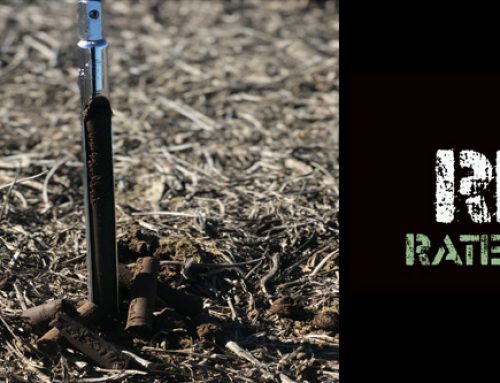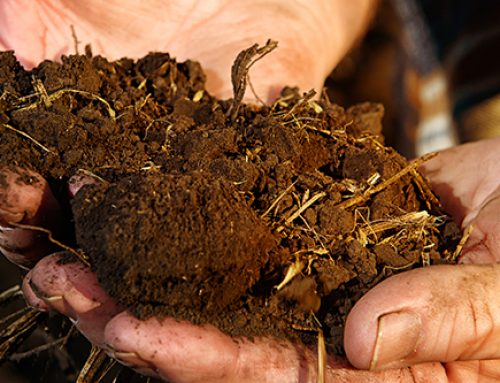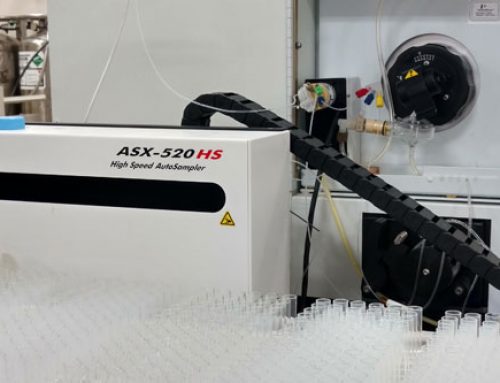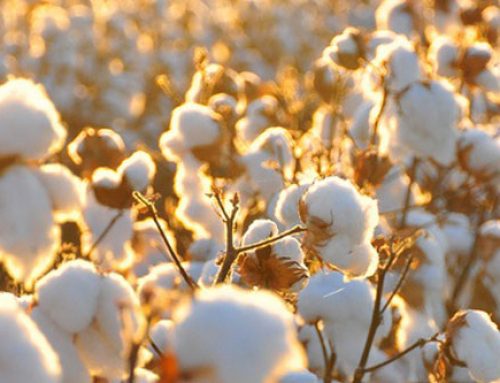One of the most challenging nutrients to manage for crop production in the Southern Plains is potassium. Many of our soils in this region are sandy and are derived from low potassium parent materials. It is not unusual for our staff to recommend fairly high application rates to these soils to push production. Several of my clients have asked how potassium benefits their crops and I thought this might be a good opportunity to address its importance in managing a crop.
Potassium is a macronutrient that serves many important plant processes. It is often associated with water, nutrient, and carbohydrate movement within the plant; enzymatic regulation; water use efficiency; early crop vigor; increased protein production within the plant; and can also aid in plant
resistance to diseases and insects. In essence, potassium increases a plants ability to handle stress and maintain efficient growth.
There are three pools in which potassium exists in the soil – unavailable, slowly available, and plant available potassium pools. The largest of these is the unavailable pool, which accounts for greater than 90 to 98 percent of total potassium within most soils. The majority is present in crystallized mineral forms such as in feldspars and micas, and is unavailable for plant use. Over time, chemical weathering can result in the release of a small amount that is then made available for plant uptake.
The second largest pool is the slowly available pool and accounts for one to ten percent of total potassium in the soil. Much of this potassium is believed to be trapped between layers of clay minerals within the soil and is generally considered to be a fixed form. Because of this, most plants have a difficult time trying to extract it from the tightly bound clay layers. Soil fixation increases under dry conditions due to the ever tighter binding of the potassium within the clay minerals. Wetting of these clay particles will allow for increased availability but extraction by the plants will remain slow.
The pool from which plants are able to draw potassium is the plant available pool. This pool is the smallest and represents less than two tenths of a percent of the total potassium in the soil. It consists of potassium that is dissolved in soil water as well as any that is bound to exchange sites on soil particles. The plant available pool is what is measured and reflected in soil tests. As plants uptake potassium and the concentration drops within the soil water, additional K is released to the soil from the exchange sites on the clay particles.
Plant uptake of potassium is affected by many factors. Generally, uptake is largely influenced by conditions that favor and increase root system development. Warm soils, adequate soil moisture, good aeration, and lack of root restriction typically allow for the greatest uptake. It has been observed that availability is typically lower in no-till cropping systems. While there is little explanation for this, given proper fertility management, current studies suggest that the lower uptake is the result of restricted root development within these soils.
How does one manage potassium fertility effectively? The best way is to soil sample regularly and adjust fertility recommendations based on the general trend of several years of soil tests. This will allow a grower to keep soil test K levels from wildly fluctuating and allow for more uniform crops to be grown. Application-wise, both banding and broadcast applications can be effective for supplying potassium to crops. While all potassium fertilizer sources are water soluble, it is important to remember that movement in the soil under minimum tillage systems is fairly low and nutrient stratification may occur. This may require a change in application methods over time to better position the potassium to the root systems.
Written by: Tom Stebly; Enid, Oklahoma
Featured Image by: Pottasium, fdecomite, flickr.com




